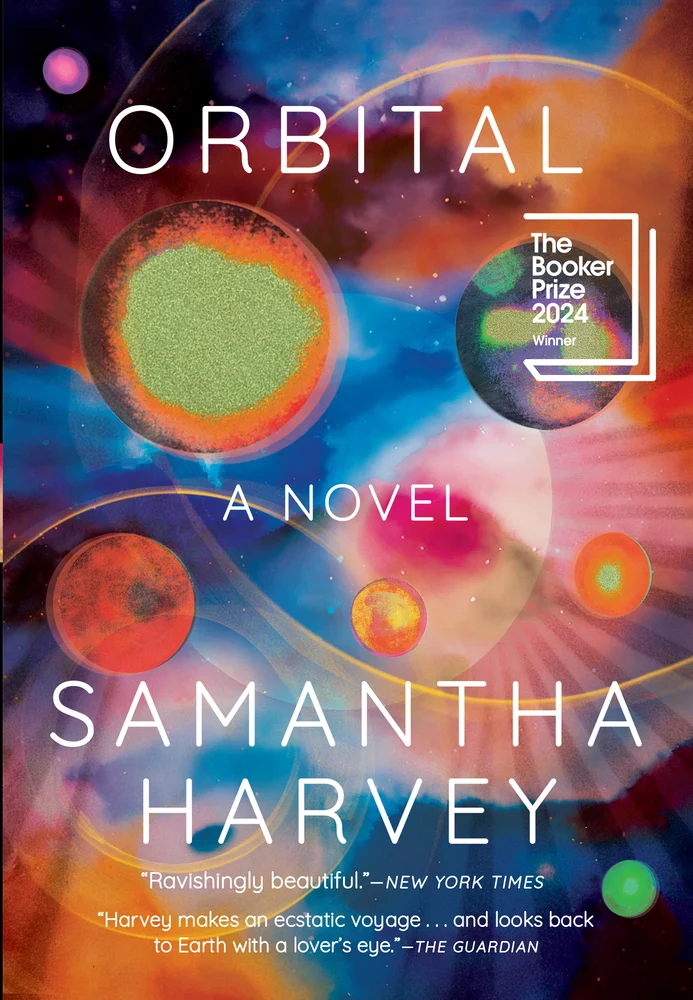Movie directed by SANDI TAN
Review by HANNAH GERSEN
In 1992, at age 19, novelist Sandi Tan wrote and starred in Shirkers, a feature-length road movie shot on the streets of Singapore. The title was inspired by Tan’s idea that in life, there were people who were neither movers nor shakers, but shirkers—those who evade responsibility and duty, escaping the confines of society. It starred Tan as S., a murderer and kidnapper on a mysterious mission to save children. One of Tan’s points of inspiration was J.D. Salinger’s The Catcher in the Rye. The plot didn’t matter as much as the mood, which Tan cultivated through carefully chosen locations, props, costumes, and music. Tan hired a friend to compose a soundtrack on his electric guitar, and hand-made many of her props, including a colorful board game that S. uses to plot her kidnappings. S.’s costume was a pink sailor shirt and blue knee-length shorts; she carried an old-fashioned camera on a strap, as well as a leather suitcase. “When I was eighteen,” Tan explains, “I thought you found freedom by building worlds inside your head.”
Shirkers was shot quickly with the help of Tan’s two best friends, Sophie and Jasmine, and under the guidance of Georges Cardona, an American ex-pat who was Tan’s mentor and film instructor. Tan met Cardona while still in high school, taking night classes at a local arts center. He took a special interest in Tan, Sophie, and Jasmine, inviting them to think of him as their friend, Georges, and going on filming expeditions with them after hours. In retrospect, Tan and her friends find Georges’s behavior to be very strange, especially considering that he was married, with a child. But at the time, they basked in his attention. He was a charismatic person, and hugely influential to Tan, introducing her to the French New Wave and encouraging her in her dream of becoming a film director.
It was Georges who advised Tan to make Shirkers immediately, during the summer between her freshman and sophomore year of college, while her friends were available to help. Tan played the lead role and included many of her friends and family members in the cast. Sophie was the producer, Jasmine the film editor, and Georges the director, though it was Tan’s ideas that guided the film. When they finished shooting, Georges promised to process the more than 70 rolls of film while Tan and her friends were back in school. They could then edit it over break and submit it to film festivals. But Georges never sent the film. Instead, he strung Tan along for a few months before cutting off all communication and disappearing from Singapore. After a couple of years, Tan had to accept that the film was lost forever. To say that this act of sabotage broke her spirit does not seem strong enough. I feel like my own spirit broke, a little bit, watching this story unfold.
Shirkers, the documentary, tells the story of how Shirkers, the narrative film, was eventually recovered after Georges’s death. It also investigates Georges Cardona, a slippery personality, more con man than a collaborator. The documentary is anchored by present-day interviews with Sophie and Jasmine, cast and crewmembers of Shirkers, and acquaintances and former students of Georges Cardona. There’s also an extended anonymous interview with Georges’s first wife, who was also a victim of his many deceptions.
Within the first few minutes of the film, Tan shows clips of her lost Shirkers footage, so the suspense isn’t in whether or not the 70 rolls of film were ever found. Viewers may wonder, however, why we only see the clips with voiceover, why Tan had never tried to reconstruct the film using the screenplay and storyboards—artifacts we also see on screen, along with other items from Tan’s youth: notebooks, letters, photographs, collages. When Tan reveals why she cannot edit the original footage, it’s another layer of betrayal that makes her story even more haunting.
Even though Tan, Jasmine, and Sophie, have remained friends over the years, and even as they’ve all pursued artistic careers, the disappearance of the Shirkers footage, the scuttling of their first film is a heartbreak they’ve never really gotten over. The loss is extraordinary for a number of reasons: first, because the lost rolls of film captured their youth; second, because they captured their childhood home, Singapore, before it underwent rapid economic development; and third, because it was a beautiful work of art that, if it had been finished and released, would likely have influenced a generation of filmmakers.
I don’t want to overstate the quality of Tan’s raw footage, but I don’t want to undersell it, either. Tan had a vision. She made sure to shoot locations in Singapore that she knew would not survive the next decade of gentrification: her favorite mannequin shop, an old-fashioned bakery with a red awning, a local grocery, a desolate quarry, and the many train stations and railroads. Her color palette was bright and pleasantly child-like: vivid greens, bold reds, acid yellows, and deep blues.
Tan’s color choices and eye for nostalgic items (that old suitcase, the camera on the strap) often reminded me of Wes Anderson. I even had the stray thought hmm this had to be an influence on Anderson before I caught myself and remembered that it couldn’t have been, because it never saw the light of day. Still, I couldn’t help thinking that Shirkers was somehow in the ether and went so far as to do the math: Shirkers was made in 1992, four years before Anderson’s debut, Bottlerocket. I felt for Tan when she described watching Anderson’s second film, the critically-acclaimed Rushmore, and feeling as if Shirkers—at that time still unrecovered—was speaking to her through Anderson’s aesthetic. Sophie, who has become a professor of film studies at Vassar College, also speaks of her eerie sense that the movie she’d spent a summer shooting as a teenager was a real movie that lots of people had seen, one that was important to Singapore’s cinematic history.
Tan does a wonderful job of describing her cultural position in the late 1980s and early 1990s: that of a teenage movie buff living in a culturally conservative backwater. In Singapore, Tan explains, the government was “so uptight that chewing gum was banned.” American independent cinema was flowering but Tan couldn’t get access to the movies because of Singapore’s censorship laws, and had to settle for reading about them in magazines like Film Comment. She was so desperate to see David Lynch’s Blue Velvet that she made an American cousin videotape it and send her an illegal copy. Her interest in popular culture brought her into contact with Singapore’s alternative culture scene, and she and Jasmine became rock critics for the local underground music magazine. With Jasmine, Tan also started a zine, Exploding Cat, which became cult-famous, with fans around the world.
Throughout Shirkers, I was reminded of Terry Zwigoff’s Ghost World, about two lonely outsider girls who are obsessed with old movies, old music, old things—all the stuff their culture rejects in favor of what is shiny and new. As teenagers, Sandi and Jasmine were a lot like the girls in Ghost World, and Shirkers was the movie those girls might have made. Tan even mentions Ghost World—like Anderson’s Rushmore, it was one that stirred feelings of longing for her lost work of art. (Ghost World was released in 2001, when Tan’s film footage was still missing.) I also thought of Ghost World because Shirkers is so frustratingly haunted by the ghost of Georges Cardona—an older man in the company of young women. Much of the documentary is spent trying to figure out what would drive someone to such a terrible act of betrayal. The clearest sense of Georges’s motivation comes when Tan discovers two others who have been charmed and then undermined by him. One of Georges’s victims describes the dynamic this way: “He made you feel you could achieve your dream, but then when you got close to it, he would sabotage it.”
By the end of this new, fully-realized Shirkers, a reckoning of loss and limitation, rather than a teenage fantasy of escape and freedom, Tan has made her peace with the ghost of Georges, but I must admit that I hadn’t. I felt obscurely robbed, and I wished, helplessly, that I could have seen the version of Shirkers that Tan would have created in her late teens, the moody road movie that should have been—wished I would have seen it as a teen, in the same way that I watched Bottlerocket. I don’t know if it’s fair to Tan to have this wish—it feels cruel, like adding salt to a wound—but I also know that her documentary created this feeling of longing, and I loved it for doing that.
Hannah Gersen is a fiction writer and staff writer at The Millions. Her debut novel, Home Field, was released in 2016. She writes about movies on a semi-regular basis on her blog, Thelma and Alice.




